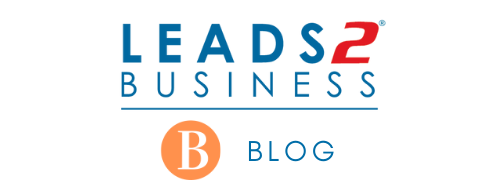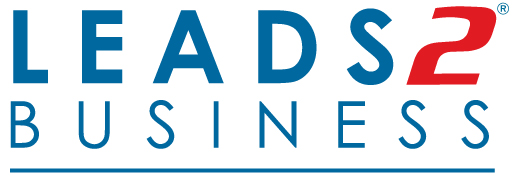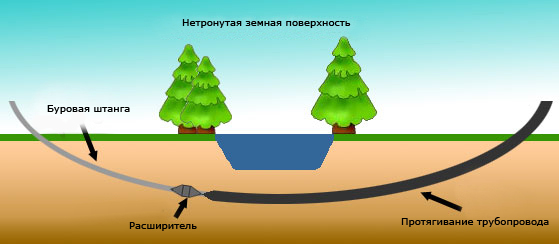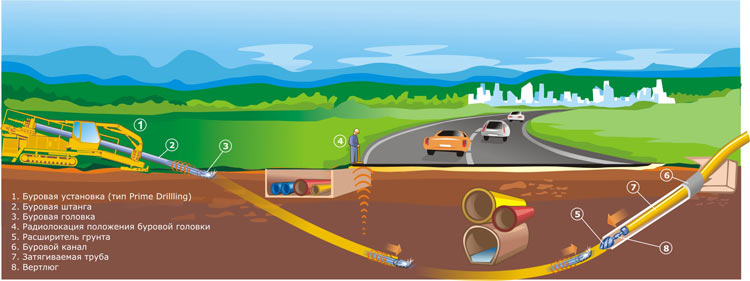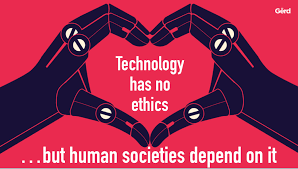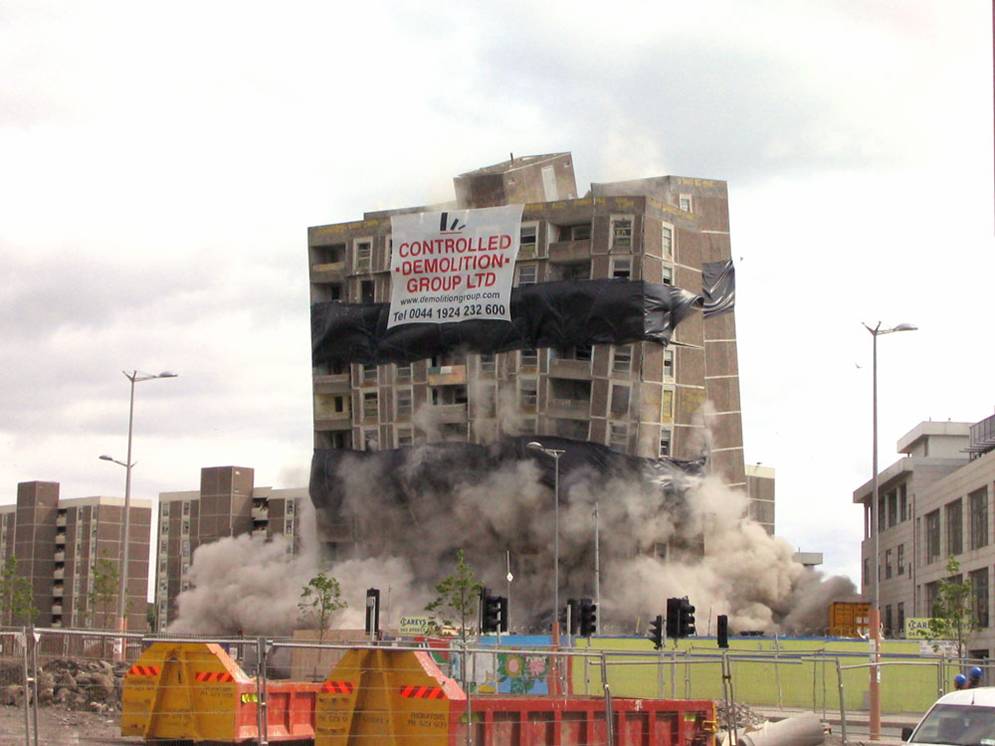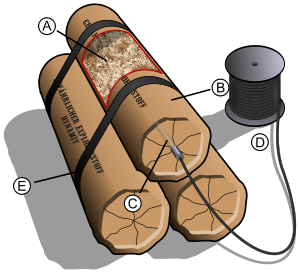
1. Event:
MTE Beatrix Expo 2017
Date:
07 November 2017
13:00 to 17:00
Event location:
Security Soccer Field
Event Description:
Located in the Free State province of South Africa, Beatrix Mine is a gold mining operation owned by Sibanye Gold. Although nominal surface reserves represented by surface rock dumps (SRDs) that accumulated during the operating history of the mine have been found at the mine, Beatrix is predominantly an underground operation.
Beatrix, a shallow to intermediate-depth operation, mining at depths of between 700m and 2 200m below surface, exploits the Beatrix Reef at shafts 1 and 3, and the Kalkoenkrans Reef at Shaft 4. Situated near regional urban centres where it can routinely obtain supplies, the mine has access to the national electricity grid and to water, road and rail infrastructure. The mine also has two processing plants, where carbon-in-leach and carbon-in-pulp are used.
Exhibitors we would like to see at the expo include those involved in new technology for gold mining, automation, efficiency, conveyer technology, in-stope lighting, dust filtration, water management, net tensioners in stope and new technology for PPE.
Contact Person:
Andrew Macnamara
E-mail: andrew@interactmedia.co.za
Tel: +27(0)82 720 0083
Event Website:
2. Event:
MTE Welkom Expo 2017
Date:
09 November 2017
13:00 – 17:00
Event location:
Welkom Tegniese Hoërskool
Event Description:
Whether you’re interested in gold, uranium or diamonds, Welkom’s reputation in mining shines. Located in the Free State, some 140km north-east of Bloemfontein, Welkom is an ideal location for MTE, thanks to its renowned mining culture. Welkom is also well known for its agricultural and manufacturing sectors, not to mention its impressive sporting culture that covers motorsport, soccer and rugby.
Exhibitors we would like to see include those involved with dust control, noise reduction, new technology for ventilation, underground sanitation, PPE for woman, in-stope for support drilling, pumps, tramming technology, lubrication, LED lighting, blast barricades, underground mining machines, lock outs, mud vacuum machines, derailing devices and fall of ground support.
Contact Person:
Andrew Macnamara
E-mail: andrew@interactmedia.co.za
Tel: +27(0)82 720 0083
Event Website:
3. Event:
Moneyweb
Date:
09 November 2017
07:00 – 07:30
Event location:
54 on Bath, Rosebank, Johannesburg
Event Description:
Many South African businesses have found expansion across the African continent challenging.
An economic slowdown, infrastructure capacity challenges, illiquid capital markets and a lack of skills have hampered expansion plans. This changing landscape has resulted in a more collaborative approach between businesses, suppliers and their finance partners.
If Africa expansion is on your agenda, diarise November 9, 2017 when Moneyweb and Standard Bank bring together industry experts to share their thoughts and strategies for developing business across the continent.
Contact Person:
E-mail: carolyn@moneyweb.co.za
Event Website:
About Eldary Carpenter
I have been with Leads 2 Business for 5 years and absolutely love working for such a dynamic company. I started off as a Content Researcher in the Tenders Department before being promoted to Customer Relations.
